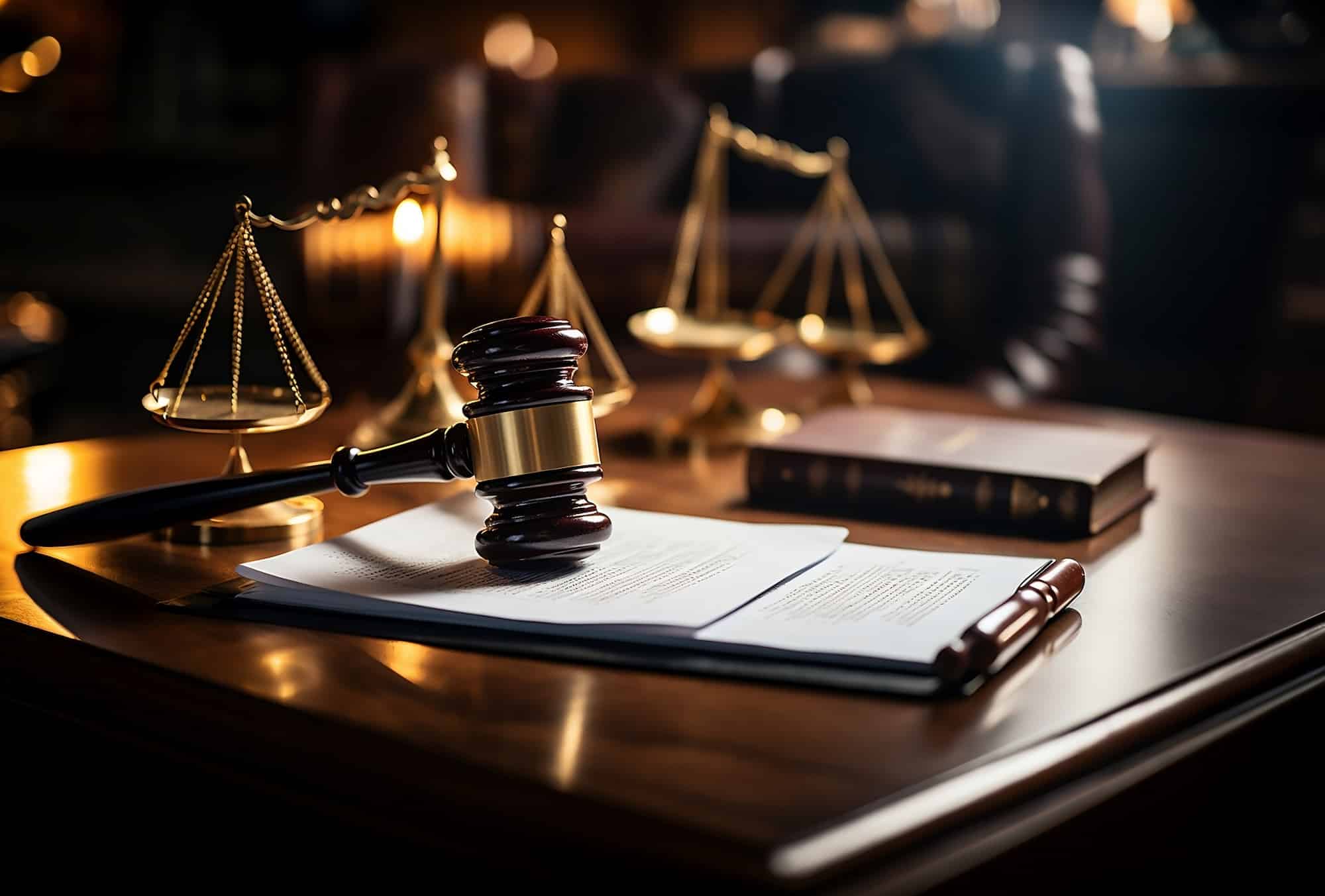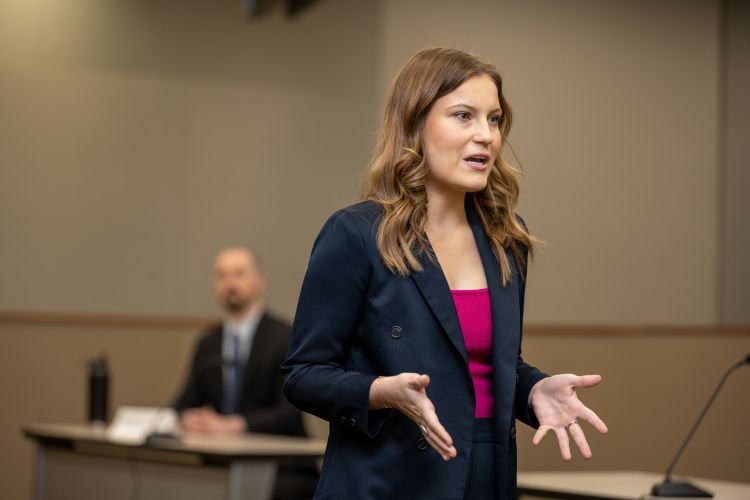Browsing the Complexities of Trial Presentations: Tips for Seamless Shipment and Engaging Arguments
In the realm of legal proceedings, the art of test discussion stands as a crucial component of success. The intricacies intrinsic in test discussions require a fragile balance of skill, technique, and finesse.

Comprehending Test Goals
To successfully browse a test, it is critical to have a clear understanding of the goals that require to be achieved. Prior to tipping into the courtroom, lawful teams should specify their objectives and wanted results. These objectives offer as directing principles throughout the trial, forming techniques and influencing decision-making procedures.
Comprehending test purposes entails a thorough analysis of the instance, legal precedents, and the client's benefits. Trial Presentations. It requires a thorough assessment of the facts, recognizing crucial problems, and expecting potential challenges. By setting details and measurable goals, lawyers can customize their debates and presentations to straighten with the preferred results
Moreover, a clear grasp of trial goals enables legal groups to focus on evidence, witnesses, and legal debates successfully. It permits the growth of a coherent story that resonates with the discretionary, enhancing the total case presentation.

Organizing Evidence Effectively
Having a clear understanding of test goals lays the foundation for organizing proof properly in legal procedures. By aligning the presentation of proof with the desired end results of the trial, lawful teams can reinforce their debates and improve their persuasiveness.
An additional trick component in organizing evidence effectively is establishing a rational circulation. Providing evidence in a meaningful and sequential fashion can help construct a compelling narrative that sustains the legal arguments being made. Furthermore, making use of visual aids such as timelines, graphes, or charts can even more boost the organization of evidence and help in clearing up intricate relationships or sequences of occasions.
In addition, guaranteeing that all evidence presented is appropriate and admissible to the situation is important. Pointless or inadmissible evidence can diminish the strength of the debate and possibly hurt the trustworthiness of today party. A careful review and option process should be undertaken to consist of only the most legally audio and impactful proof in the trial discussion.
Crafting Convincing Stories
Crafting engaging narratives pop over to these guys plays an essential duty in providing influential debates during legal process. When constructing a narrative for a test presentation, it is vital to develop a clear storyline that highlights essential factors and connects them in a meaningful fashion. By weaving together proof, testament, and legal disagreements right into a influential and cohesive narrative, lawful specialists can properly promote for their customers and raise the possibility of a positive end result in the courtroom.
Understanding Aesthetic Help
Effective usage of aesthetic help is key to enhancing the effect and clarity of trial presentations. Visual help, when made use of purposefully, have the power to streamline complex info, strengthen bottom lines, and leave a lasting impression on the judge and jury. To master visual help in test discussions, it is crucial to ensure that they are clear, concise, and relevant to the arguments being made.
When incorporating visual aids, such as charts, pictures, charts, or timelines, right into a test presentation, it is crucial to maintain them aesthetically appealing yet specialist. The visuals need to enhance the verbal debates, providing an aesthetic depiction of the information being talked about without frustrating the target market with unnecessary details.
Additionally, exercising with the aesthetic help beforehand is critical to make sure a seamless delivery throughout the trial. Familiarizing oneself with the web content, transitions, and timings of each aesthetic aid can help preserve the he said circulation of the discussion and prevent technological problems that may arise.
Supplying Impactful Closing Arguments
An engaging closing disagreement functions as the end result of a trial presentation, enveloping the core story and encouraging the court and court in the direction of a desirable decision. To supply an impactful closing disagreement, it is crucial to succinctly summarize key factors, highlight the staminas of your case, and resolve any type of weaknesses in a calculated manner. Begin by laying out the primary arguments that support your customer's placement, stressing why the proof additional info offered throughout the trial sustains your narrative. It is important to develop a feeling of cohesion and quality, assisting the discretionary in the direction of the wanted conclusion.
Moreover, integrating psychological charm can additionally reinforce your closing disagreement. Inevitably, a well-crafted closing debate need to leave a lasting impression, engaging the judge and jury to rule in your client's favor.
Conclusion
Finally, grasping trial presentations involves understanding objectives, arranging proof, crafting narratives, utilizing visual help, and supplying impactful closing debates. By applying these techniques efficiently, lawyers can offer their instance seamlessly and make compelling arguments in the court room. It is critical to browse the complexities of test presentations with precision and skill to accomplish success in lawful process.
By aligning the presentation of evidence with the wanted end results of the trial, lawful teams can enhance their debates and enhance their persuasiveness (Trial Presentations). To grasp visual aids in test discussions, it is important to ensure that they are clear, succinct, and appropriate to the arguments being made
An engaging closing disagreement offers as the conclusion of a trial discussion, encapsulating the core narrative and encouraging the judge and jury in the direction of a beneficial decision. Begin by outlining the major disagreements that support your client's position, emphasizing why the proof presented throughout the test supports your narrative.In conclusion, understanding trial discussions includes understanding objectives, arranging evidence, crafting stories, making use of visual aids, and delivering impactful closing disagreements.